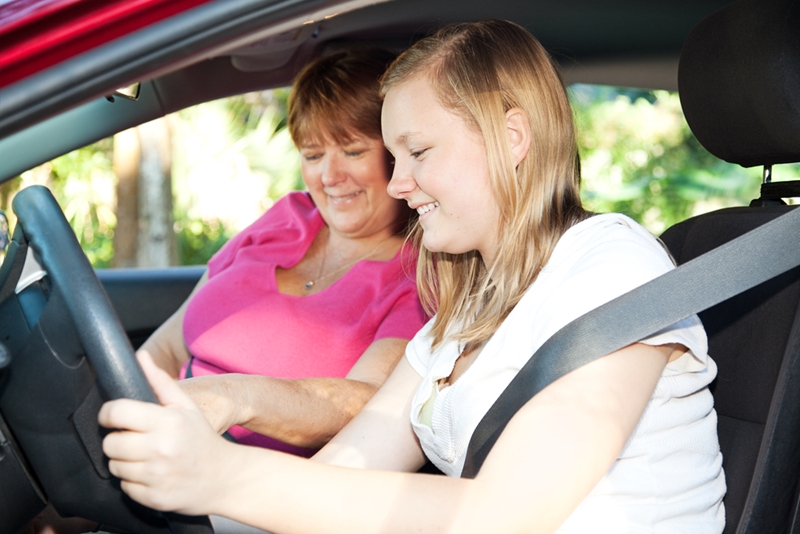
The vehicle identification number (VIN) is composed of 17 characters (digits and capital letters) that act as a unique identifier for the vehicle. A VIN displays the car's unique features, specifications and manufacturer.
The VIN can be found in a couple of places including on the car's registration label (1), on the compliance plate in the engine bay (2) or on the passenger side windshield (3), or on one of the door posts (where the door latches when it is closed) (4). See the image below:
One of the main worries that many teenagers have to face is passing their driving test. This is mostly the transition from being a learner driver to holding a P-plate, allowing them to drive on their own.
It can be an extremely anxiety-ridden process - knowing how to control a car is a much different subject to driving amongst others on the road with ease.
Here are some tips to help first-time drivers pass their test.
Know the difference between confidence and experience
Having adequate confidence levels when driving is not the same as experience. According to Aussie-Driver, as many as 25 per cent of testing drivers fail the first time they attempt to transition beyond a learner licence1. This in no way indicates that they all lack the confidence, but rather, it highlights their lack of experience on the roads.
Driving with your parents, it's easy to get an overinflated sense of your driving skills, especially if you find that you know all the road rules and can operate the flash new car that you got for your 16th birthday. However, if you've not spent much time on the road amongst other drivers, in all sorts of weather and scenarios, your confidence can be quick to plummet, leaving you stressed out and flustered.
Many institutions suggest 120 hours of practice on the road, at the very least2. This is when you can build up your confidence alongside experience, to comfortably pass your driving test. As driving is a very exciting process that makes everyone feel more mature, be careful to keep cockiness in check and not to mistakenly identify it as confidence!
Get familiar with all aspects of your car
Focus on the present. Yes, all those visions of you driving your friends to the beach will be true one day, but for now, there's no guarantee you'll succeed if you don't focus on what you have to do - pass the test with ease.
Driving instructors are very experienced, and will easily notice you struggle if you're not familiar with anything - this includes the vehicle you are driving.
It doesn't matter if you're using your dad's old stationwagon until you're able to buy your own V8 sports car, you still have to show the instructor that you can control the current vehicle you have access to.
Of course, it's highly advised that you spend the 120 hours of practice in the car you will take the test in. If you are purchasing your own second-hand car, make sure that it's roadworthy first with a CarHistory report, to ensure that it is safe for the road.
Remember, you can't predict the weather on the day of your test, so even if you've never had to use them, make sure you know how to turn on your lights and wipers.
The basics are also fundamentals
With practise, driving will become second-nature. However, that also means it is easy to forget about the basics. Do you always check your blindspot when changing lanes? How often do you look in the mirror? These are the fundamental skills that your instructor will check, so even if you can change lanes smoothly, not looking in your mirrors or blindspot could cost you a pass.
It doesn't require an overexaggerated glance to prove that you know your beginner's skills, rather, these are all safety checks that help to prevent accidents on the road. Even if your parents don't showcase these habits when driving, it's up to you to ensure your own safety on the road. Get into these habits now, so that you don't forget about them once you've obtained your licence.

1Aussie-Driver, Free Learner's Practice Tests. Accessed September, 2016.
2Vic Roads, Are you ready for the drive test checklist. Accessed September, 2016.